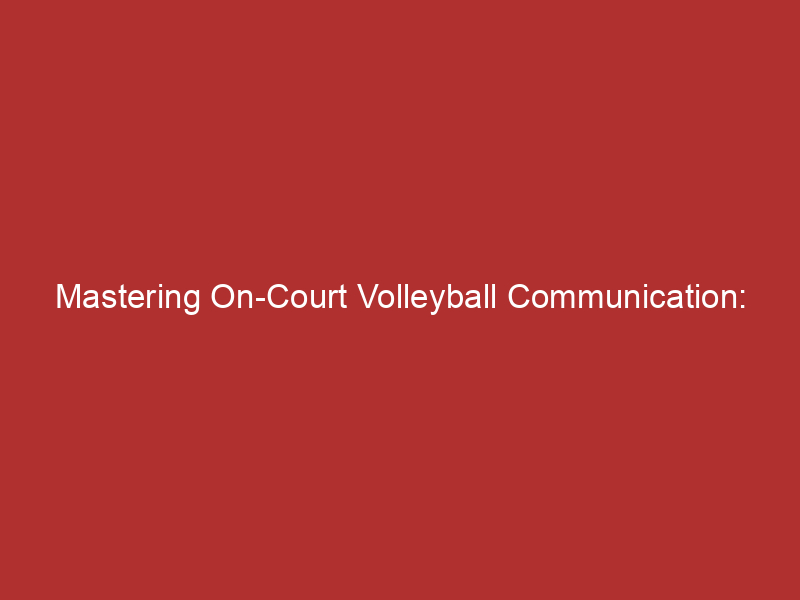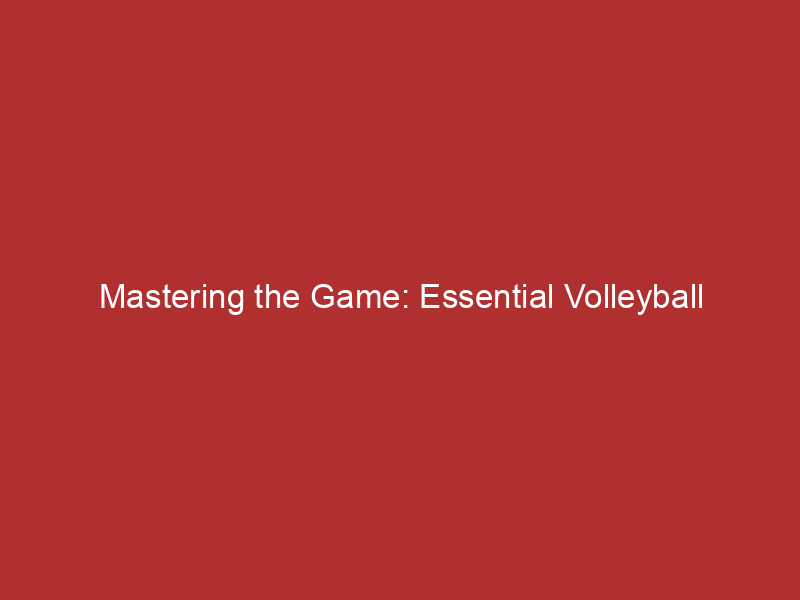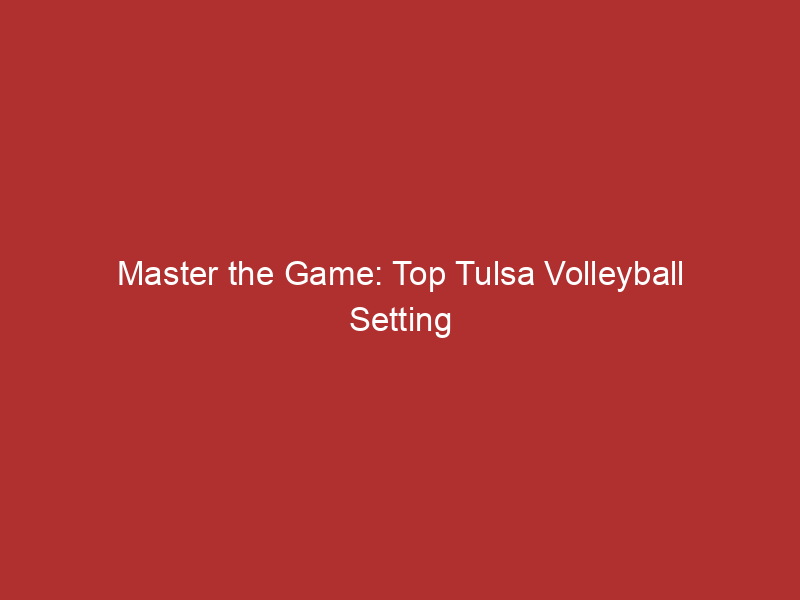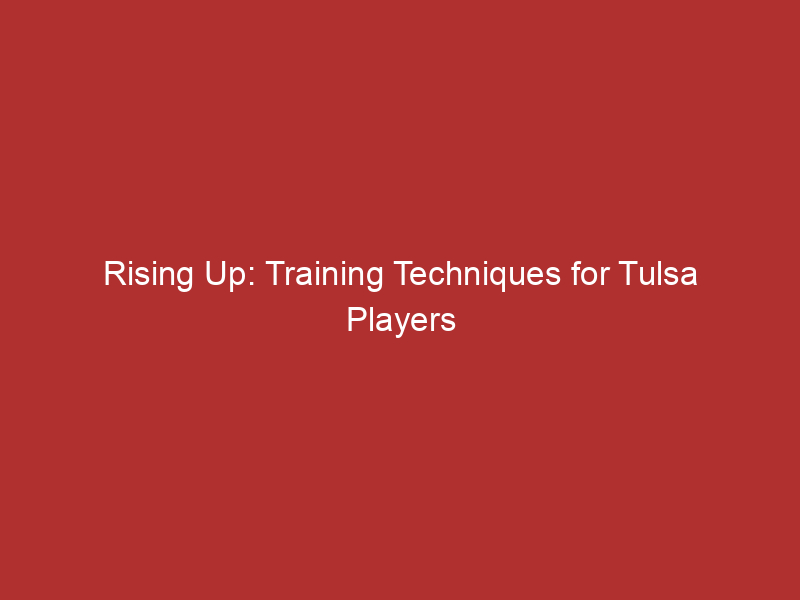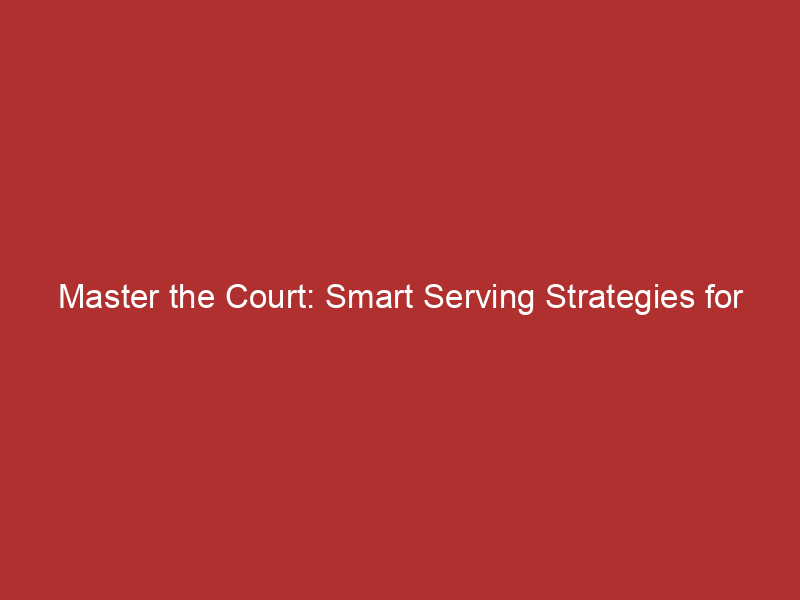Introduction to Volleyball Court Communication
Hey there, volleyball enthusiasts! Let’s dive into the exciting world of volleyball court communication. It’s more than just shouting “Mine!” when the ball comes your way. It’s about teamwork, strategy, and understanding each other. So, let’s get started!
- Importance of Communication in Volleyball
- Overview of On-Court Volleyball Communication
Communication in volleyball is like the secret sauce that makes a great team. It’s super important! Without it, players might bump into each other, miss the ball, or lose points. According to a Wikipedia article, good communication can make the difference between a winning and a losing team. It helps players know where to go, what to do, and when to do it. It’s like having a roadmap to success on the court. Cool, right?
So, what does on-court volleyball communication look like? Well, it’s a mix of verbal and non-verbal signals. Players use words, shouts, hand signals, and even eye contact to communicate. For example, a player might shout “Short!” to warn teammates of a short serve. Or, they might use a hand signal to show where they plan to hit the ball. It’s like a secret language that only the team understands. And the better they understand it, the better they play together. Now that’s teamwork!
So, there you have it. A quick intro to volleyball court communication. Stick around, because we’re going to dive deeper into effective communication strategies, techniques, and ways to improve your on-court communication. It’s going to be a blast!
Effective Volleyball Communication Strategies
Communication is the key to a successful volleyball game. Let’s dive into some effective verbal communication strategies that can help your team win!
Verbal Communication
Verbal communication in volleyball is all about using your voice to coordinate with your team. Here are some strategies you can use:
- Calling the Ball
- Communicating Player Positions
- Using Code Words
When the ball is coming your way, it’s important to let your teammates know that you’ve got it. You can do this by loudly saying “Mine!” or “I got it!”. This prevents confusion and collisions with other players.
Knowing where your teammates are on the court is crucial. You can use phrases like “I’m here!” or “I’m moving left!” to let your team know where you are. This helps your team to cover all areas of the court effectively.
Code words are secret words or phrases that only your team knows. They can be used to signal specific plays or strategies. For example, you could use the word “Eagle” to signal a specific attack formation. This can give your team an edge over the opponents.
Remember, effective verbal communication in volleyball is about being loud, clear, and concise. So, don’t be shy, speak up and help your team win!
Non-Verbal Communication
Just like words, actions speak volumes on the volleyball court. Let’s dive into the world of non-verbal communication in volleyball, focusing on hand signals and body language.
- Using Hand Signals
Hand signals are a crucial part of volleyball communication. They’re like a secret language that only your team understands! Players use them to indicate the type of serve or attack they’re planning, or to signal a specific defensive strategy. For example, a player might hold up two fingers to indicate a “two” serve, which is a serve aimed at the second player in the opponent’s serve-receive formation.
Hand signals are especially useful in noisy environments where verbal communication might not be heard clearly. They’re quick, efficient, and they keep the other team guessing!
- Body Language and Its Importance
Body language is another powerful non-verbal communication tool in volleyball. It can reveal a player’s mental state, confidence level, and even their next move. A player with a slumped posture might be feeling down or lacking confidence, which can affect their performance and the team’s morale. On the other hand, a player with a straight posture and focused gaze can boost the team’s spirit!
Moreover, body language can also be used strategically. For example, a player might fake a powerful attack with their body language, only to drop a sneaky short shot over the net. It’s all about outsmarting the opponent!
Remember, communication isn’t just about what you say. It’s also about what you don’t say. So, let your hands and body do the talking on the volleyball court!
Techniques for Volleyball Communication
Communication is the key to success in any team sport, and volleyball is no exception. Let’s dive into some techniques that can help improve your volleyball communication skills.
-
Pre-game Communication Strategies
Before the game even starts, it’s crucial to have a game plan. This includes discussing strategies, roles, and responsibilities with your team. A good pre-game communication strategy might include a team huddle, where everyone can share their thoughts and ideas. This not only helps to ensure everyone is on the same page, but it also helps to build team spirit and camaraderie. Wikipedia has a great article on volleyball strategies that you might find useful.
-
In-game Communication Techniques
Once the game starts, communication doesn’t stop. In fact, it becomes even more important. Effective in-game communication can include calling out plays, alerting teammates to potential threats, and encouraging each other. Remember, volleyball is a fast-paced game, so clear and concise communication is key. For example, using short, specific phrases like “mine”, “yours”, or “free ball” can help avoid confusion and keep the game flowing smoothly.
-
Post-game Communication Practices
After the game, it’s important to reflect on what went well and what could be improved. This can be done through a post-game debrief, where everyone has the opportunity to share their thoughts and feedback. This is also a great time to celebrate successes and acknowledge hard work. Remember, constructive criticism is helpful, but it’s also important to keep things positive and supportive.
So there you have it – some techniques for improving your volleyball communication skills. Remember, good communication is a skill that takes practice, so don’t be discouraged if it doesn’t come naturally at first. Keep working at it, and before you know it, you’ll be communicating like a pro on the volleyball court!
Improving On-Court Volleyball Communication
Communication is a vital part of volleyball. It helps players understand each other’s moves, plan strategies, and work as a team. Let’s dive into some drills that can help improve your on-court communication.
Volleyball Communication Drills
Here are three drills that can help you and your team communicate better during games:
- Drill 1: Call the Ball
- Drill 2: Position Calling
- Drill 3: Silent Communication
This drill is all about calling for the ball. Each player must shout “mine” when they’re about to hit the ball. This helps prevent collisions and confusion on the court. It’s a simple drill, but it can make a big difference in your game.
Knowing where your teammates are on the court is crucial. In this drill, players call out their positions before the ball is served. This helps everyone know where they should be and what they should be doing.
Not all communication is verbal. In this drill, players must communicate using only hand signals and body language. This can help improve your non-verbal communication skills, which are just as important as verbal ones.
Remember, practice makes perfect. The more you practice these drills, the better your team’s communication will be. So, get out there and start practicing!
Volleyball Communication Skills Training
Hey there, volleyball enthusiasts! Let’s dive into the exciting world of volleyball communication skills training. We’re going to explore two main types of communication: verbal and non-verbal. Both are super important on the court, and we’re here to help you master them.
- Training for Verbal Communication
- Training for Non-Verbal Communication
Verbal communication is all about using your words. In volleyball, this means calling out plays, alerting teammates to incoming balls, and coordinating positions. It’s like being a conductor in an orchestra, but instead of music, you’re making sweet, sweet volleyball plays.
Training for verbal communication can be as simple as practicing common volleyball phrases. You know, things like “Mine!”, “Got it!”, and “Free!”. The more you practice, the more natural it’ll feel on the court. And don’t forget, it’s not just what you say, but how you say it. Your tone and volume can make a big difference.
Non-verbal communication is a bit trickier. It’s all about body language. In volleyball, this can mean signaling plays with your hands, showing readiness with your stance, or even giving a quick nod to a teammate.
Training for non-verbal communication can involve drills where you’re not allowed to speak. This forces you to rely on your body language and to pay close attention to your teammates. It can be tough at first, but it’s a great way to improve your non-verbal skills.
Remember, communication is key in volleyball. Whether you’re shouting out a play or giving a subtle hand signal, your ability to communicate effectively can make or break your game. So get out there and start practicing!
Stay tuned for more tips and tricks on mastering communication in volleyball. Until next time, keep serving up aces!
Case Studies: Volleyball Team Communication
Let’s dive into some real-life examples of how volleyball teams have used communication to their advantage. We’ll look at two case studies that show the power of good communication on the volleyball court.
- Case Study 1: Successful use of communication strategies
- Case Study 2: Overcoming communication barriers
The first case study comes from a high school volleyball team from Tulsa, Oklahoma. This team was struggling with their performance, but after implementing some effective communication strategies, they saw a significant improvement.
They started using short, clear calls to communicate their intentions on the court. For example, they would shout “mine” when they were going to hit the ball, or “out” when they thought the ball was going to land outside the court. This simple strategy helped to reduce confusion and mistakes on the court.
They also made a point of communicating off the court. They would have regular team meetings to discuss their strategies and performance, and they would give each other constructive feedback. This helped to build trust and understanding within the team.
As a result of these communication strategies, the team’s performance improved dramatically. They won their regional championship and made it to the state finals. This case study shows just how powerful good communication can be in volleyball.
The second case study comes from a college volleyball team that had players from several different countries. They faced significant communication barriers due to language differences and cultural misunderstandings.
To overcome these barriers, the team implemented a few strategies. First, they used universal volleyball terms that all the players could understand, regardless of their native language. They also used hand signals to communicate on the court, which helped to overcome language barriers.
Off the court, the team worked hard to build a strong team culture. They spent time together outside of practice, which helped to build relationships and understanding. They also had regular team meetings where they could discuss any communication issues and find solutions.
Despite their communication challenges, this team went on to have a successful season. They won their conference championship and made it to the national finals. This case study shows that even when communication barriers exist, they can be overcome with the right strategies.
These case studies highlight the importance of communication in volleyball. Whether it’s using clear calls on the court, having regular team meetings, or overcoming language barriers, effective communication can make a big difference in a team’s performance.
Key Takeaways: Mastering Communication in Volleyball
As we wrap up our discussion on volleyball communication, let’s go over some key points that we’ve learned. These takeaways will help you understand the importance of communication in volleyball and how you can improve it.
- Importance of Effective Volleyball Communication
- Strategies for Improving Communication
- Role of Drills and Training in Enhancing Communication
Communication is the backbone of any successful volleyball team. It helps players coordinate their moves, avoid collisions, and execute strategies effectively. Without clear and efficient communication, even the most skilled players can struggle on the court. According to a Wikipedia article, teams with good communication have a higher winning percentage.
Improving communication on the volleyball court isn’t a one-time thing; it’s a continuous process. Some strategies include using clear and concise language, maintaining eye contact, and using hand signals. Regular team meetings and open discussions can also foster better communication among team members.
Drills and training play a crucial role in enhancing communication. They not only improve players’ skills but also their ability to communicate with each other. Drills like ‘call the ball’, ‘mine’, and ‘yours’ can significantly improve on-court communication. Training sessions provide a safe space for players to practice their communication skills without the pressure of a real game.
Remember, mastering communication in volleyball takes time and practice. So, keep these key takeaways in mind, and you’ll be on your way to becoming a better communicator on the court. Happy playing!

